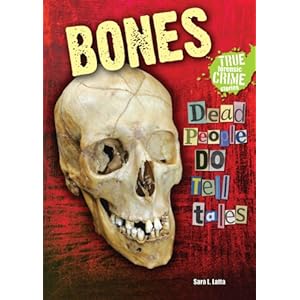 |
| Ned Kelly the day before his execution. Note the awesome hairdo and beard! (Source: Wikipedia) |
Now, before reading this article my knowledge of the Australian folk hero Ned Kelly was pretty much confined to the fact that there is an Illinois chain if steakhouses named after the man--or at least there used to be, until they all went belly-up, leaving some employees unpaid. Ned Kelly would have been rolling in his grave, if not for the fact that his bones are at the Victorian Institute of Forensic Medicine. Well, all but his skull. But I'm getting ahead (pardon the pun) of myself.
Ned Kelly was born in 1854, the son of an Irish convict exiled to Australia. He took up arms against the British colonial authorities, robbed banks, and stole cattle. He dictated a letter describing the mistreatment of Irish Catholics by the police and British authorities, which the historian Alex McDermott called "one of the most extraordinary documents in Australian history." He was arrested after a shoot-out, wearing homemade metal armor, and was hanged in 1880.
He was buried in a mass grave, but his skeleton was recovered in 1929 when the site was slated for development. The remains were reburied, but in the chaos that ensued, two skulls, thought to be those of Kelly and notorious serial killer Frederick Bailey Deeming were stolen. Fast-forward to 2008, when yet another excavation uncovered the remains--at least 3,000 bone fragments, which were sent to the Institute. Some of them might belong to Kelly, but how could they tell after all this time? To make matters more complicated, a man named Tom Baxter came forward with a skull he'd had for three decades, claiming that it was Kelly's.
The forensic scientists compared the skull with historical photographs and a copy of Kelly's death mask. They sent samples of the skull and other remains to a forensic laboratory in Argentina, where scientists there were able to extract DNA from the old and degraded samples. They found one of Kelly's distant relatives, a schoolteacher who was descended from Kelly's mother, who agreed to submit a blood sample for DNA analysis. They compared the DNA samples from the teacher, the skull, and the bone fragments. The verdict? The fragments, including a palm-size piece of skull, belonged to Ned Kelly. But DNA from the stolen skull was most definitely not Kelly's. Scientists at the Institute are trying to determine whether the skull belonged to the serial killer, Frederick Deeming.
You can learn more about how forensic scientists used DNA to confirm the identify of a set of bones thought to have belonged to the notorious Angel of Death Joseph Mengle in the "Cold Cases" chapter of my book, Bones: Dead People DO Tell Tales.

No comments:
Post a Comment